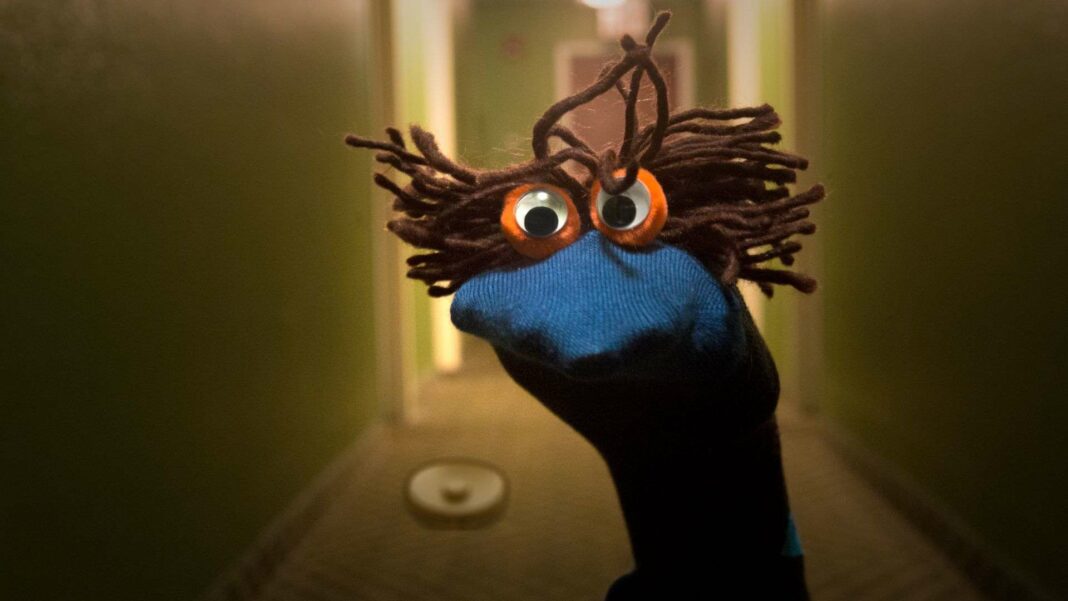CHIP has spent nearly a decade examining vacuum robots, highlighting their effectiveness as cleaning aids. The article reflects on a personal experience with an aging robot named Pascal, who struggles with navigation and performance. It discusses the challenges these devices face, particularly with obstacles like socks and carpets that confuse their sensors. Despite some shortcomings, a thorough evaluation of 40 different models reveals varying levels of performance, emphasizing the importance of a tidy environment for optimal operation.
For nearly a decade, we’ve been exploring the fascinating world of vacuum robots at CHIP. To kick things off: these automated cleaners are fantastic gadgets! My little electronic buddy, Pascal, diligently picks up the crumbs that fall from my plate during leisurely breakfasts. I absolutely adore this robot; he certainly outperforms any human helper in my home. However, let’s face it: Pascal is starting to show his age, equivalent to over 30 in anthropomorphized dog years, and it’s evident that his best days are behind him. Trust me, I speak from experience. He struggles with navigation, occasionally spins in circles out of confusion, and sometimes simply conks out for a nap mid-cleaning, hoping no one notices. Yes, I know what I’m talking about.
Nevertheless, technology is advancing at a rapid pace. With the emergence of AI models, tools like ChatGPT are already becoming integral to our daily lives – or so the tech enthusiasts claim. If not today, then certainly soon! Just a few minor kinks need to be worked out, and before we know it, ChatGPT could be managing our homes, walking our dogs, and even serving breakfast rolls – which, of course, would eventually end up as crumbs for Pascal to clean up. And so, the narrative brings us back to our AI-driven vacuum robot as it expertly navigates towards the scene of the breakfast disaster.
Challenges Faced by Vacuum Robots
However, the rise of artificial intelligence and advancements in vacuum technology face unexpected hurdles. A small, persistent challenge arises from the clutter of socks and scattered Lego bricks that disrupt their path. Despite being equipped with a plethora of sensors – including cameras, ultrasonic detectors, edge-of-step sensors, and lasers – these devices still struggle during our obstacle course tests. What’s the reason behind this? Let’s delve into our testing procedures and the challenges faced by these robotic cleaners.
Before diving deeper, it’s essential to highlight a crucial, yet often overlooked, player in our tests: the carpet. The short-pile carpet with a curly texture, aptly named ‘L’essence de Gris,’ has caused many a child to stumble upon first contact. Its light, mottled gray design tends to confuse sensors and cameras, complicating the object recognition process for robotic vacuums. This was a consideration when we constructed our testing space.
As the results suggest, it’s evident that vacuum robots still have a long way to go before they can conquer German households. If they struggle with this, can we really expect other AI technologies to fare any better? …Or can we?
Evaluating Vacuum Robots: CHIP’s Insights
To wrap up this light-hearted commentary, let’s take a moment for a more serious assessment: while the humorous take on the navigation challenges of these devices holds some truth, it may come off as a bit exaggerated. Only a handful of the pricier models consistently perform poorly across our tests. Typically, issues arise from just one or two specific aspects rather than an overall failure. Our testing standards are rigorous; robots are graded based on their worst performance in any category.
Additionally, it’s important to note that for even the more adept models, a tidy living space is crucial before initiating a cleaning session. Clutter not only increases the likelihood of errors but also prolongs the cleaning process, as robots take longer to navigate around obstacles. Maintaining clear areas will significantly enhance your robot’s efficiency. For further insights on vacuum robots, check out our detailed vacuum robot test results.
Comparative Analysis of Vacuum Robots
Below is a selection from our extensive evaluation of 40 different vacuum models:
- Test Winner
- Price Tip
- Best under 400 Euros
- Best under 300 Euros
- Best Mopping Performance
- Best Functionality
- Quietest Robot
Good (1.6)
Very Good (1.0)
Good (2.2)
Satisfactory (3.8)
Very Good (1.0)
Good (1.8)
Satisfactory (2.9)
Good (2.4)
Good (1.7)
Satisfactory (2.8)
Satisfactory (4.1)
Good (1.6)
Good (2.5)
Satisfactory (3.3)
Good (2.0)
Satisfactory (2.8)
Good (2.5)
Satisfactory (4.0)
Very Good (1.3)
Good (1.8)
Satisfactory (3.0)
Very Good (1.2)
Good (2.4)
Satisfactory (2.7)
Satisfactory (2.8)
Good (2.0)
Good (1.9)
Good (1.9)
Very Good (1.0)
Very Good (1.2)
Good (1.9)
Satisfactory (2.7)
Very Good (1.4)
Very Good (1.1)
Very Good (1.3)
Very Good (1.1)
Good (1.6)
Good (2.5)
Good (2.5)
Very Good (1.3)
Very Good (1.0)
Good (1.6)
Satisfactory (2.7)
Very Good (1.5)
Good (1.9)
Very Good (1.4)
Very Good (1.1)
Very Good (1.1)
